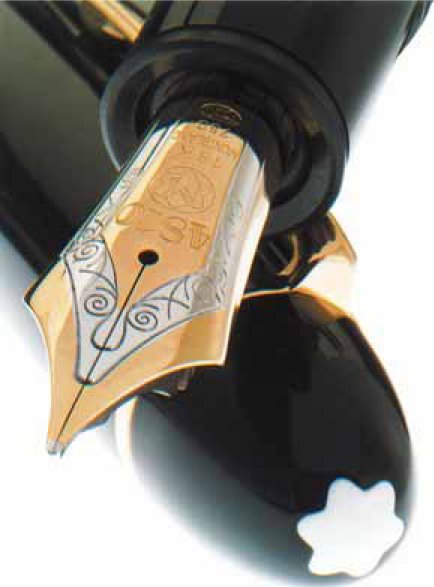Materials develop value in a number of ways: through association; through weight and heaviness; through age; through production; and through context. Metals can more easily assign high values to products than high-tech composites or smart materials. From fountain pen nibs to computer disks, platinum has many more uses than just jewellery. As part of the precious metal group, this soft, white, ductile material has its own family of platinum-group metals, which includes palladium, iridium, rhodium, ruthenium and osmium.
Platinum is more ductile than silver, copper or gold but heavier than gold. Like gold, platinum is highly malleable, and just one gram can be made into a piece of wire one mile long. Its use in jewellery is due to its density, hardness, strength and oxidation resistance, which makes it a suitable material for settings for precious stones. As a ductile material, platinum is often alloyed to increase hardness.
As with many metals, platinum has a biological function; one of the lesser-known uses for this precious metal is in cancer treatment, where it can inhibit the growth of cancerous cells.
The nibs of Montblanc pens are made from 18 carat solid gold, which was originally used because it resisted the chemicals used in the early inks. Today, it’s used for its prestige and ability to flex and spring when writing. However, the softness of gold would result in the nib wearing quickly, therefore the tip is made from iridium, an extremely hard material.
Image: Montblanc pen nib

•Ductile
•High density
•Good surface finish
•Does not oxidize
•Excellent chemical resistance
•Excellent corrosion resistance
•Biocompatible
•High melting point 1768.3ºC (3214ºF)
•Recyclable
Sources
South Africa is the world’s biggest producer of platinum, accounting for more than half of global output, which, in 2012, was 192,000 kg (423,288 lb). World reserves are currently estimated at 66,000,000 kg (933,190 lb).
Cost
£30,047 ($47,000) per kg.
Sustainability issues
Platinum is not harmful and is non-toxic.
Production
While there is some open-pit mining, most platinum mining takes place underground and extraction is labourintensive, as miners must bore holes and then blast with explosives to obtain the ore. Like silver, platinum can be cold worked, annealed, extruded and cast.
Typical applications
Platinum is best known for its use in jewellery; however this only accounts for about 38% of its applications. It is used in many industrial applications, including catalytic converters. It is also used in fountain pens, which exploit its hardness; aircraft spark plugs, which exploit its high resistance to heat and high conductivity; as an alloy for coating shaving blades; and in electrical contacts and resistance wire. Because of its high resistance to corrosion in the atmosphere, it is used as a coating on components. Other alloys are used for dental restoration, where it is mixed with gold or silver as well as copper and zinc. Adding platinum to computer hard discs enhances the magnetic qualities, allowing more data to be stored. Platinum is also biocompatible and used in surgery.
| + | – |
|
–Ductile –Highly decorative –Excellent heat resistance –Biocompatible –Corrosion resistant –Recyclable |
–Relatively expensive so use limited to highvalue items |
